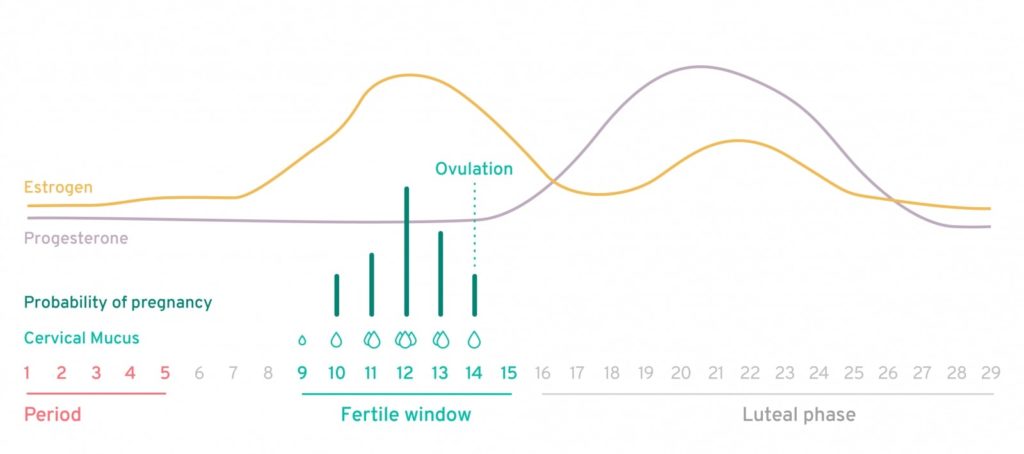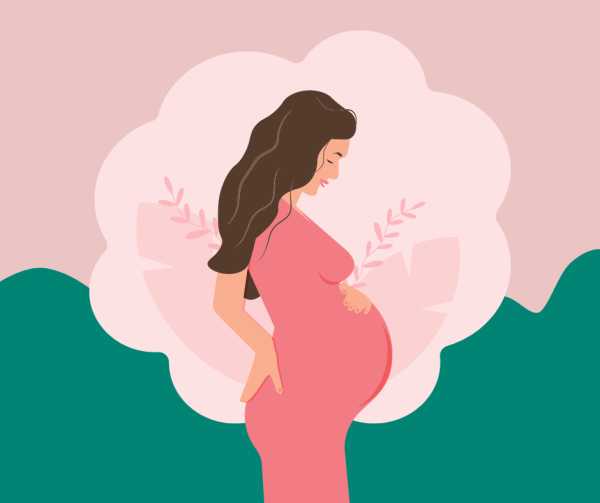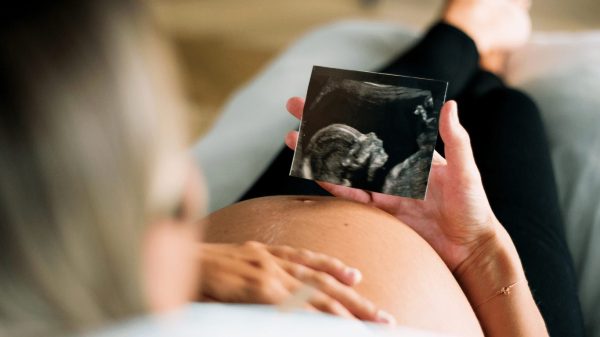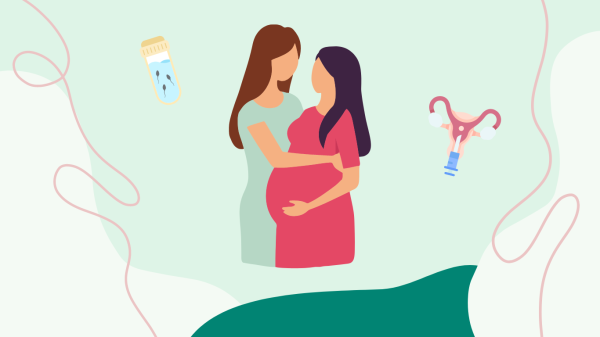In an average cycle, the fertile window is about six days long. This window includes the day of ovulation, and the preceding five days. Once ovulation has occurred, your egg will only survive for a maximum of 24 hours. Fortunately, healthy sperm can live inside your body for several days, waiting in the comfort of your fertile mucus to fertilize that egg once it appears. So, while intercourse after ovulation has a much smaller chance of success, using the days prior to ovulation will be a big help. Fortunately, kegg’s intelligent algorithm helps to predict and identify your most 5 fertile days leading to possible ovulation.

This issue of timing is why healthy cervical fluid is so important, and its ability to identify that fluid is why your kegg can give you a crucial heads up when your fertile window is starting to open.
Many women also use luteinizing hormone (LH) tests during their fertile window to track ovulation. These urine tests turn positive when LH is surging, and generally, ovulation occurs within about 24-36 hours of that surge. For this reason, LH testing can be a helpful marker in identifying the day of ovulation during your cycle.
However, LH tests don’t give you all the information you need to understand your whole fertile window. They will not turn positive until ovulation may be imminent, so waiting to have intercourse until you get a positive LH test will result in missing most of your fertile window.
Additionally, LH surges are finicky: you can have a surge without ovulation (your body may produce a spike in LH but ultimately fail to release a mature egg); you can ovulate after missing a surge (for some women the surge is very short, and if you’re not testing at exactly the right time, you may not catch it); you can have multiple LH surges in a cycle (particularly after a failed attempt at ovulating); and your surge may be long and confusing (generally speaking, the timing of the first positive test is what matters, but if your surge lasts for days it may muddle your charting).
You may also notice other indications of ovulation during or immediately surrounding the event. For example, some women experience mittelschmerz, or ovulation cramping. It’s often a one-sided, lower belly pain coming from the ovary that’s releasing an egg. It can be a sharp twinge that comes and goes very quickly, or a dull ache that lasts a bit longer, and it’s believed to be associated with the rupturing of your dominant follicle (ovulation). However, mittelschmerz isn’t a sure bet on the timing of ovulation either—it has been studied to have great variability, happening in the days before ovulation, during ovulation, or in the days after the egg is released. It’s also possible for mid cycle pain to be unrelated to fertility and it has been proven to not be a reliable fertility indicator, as many women with normal ovulatory cycles experience no pain at all.
Another not-uncommon symptom of ovulation is mild spotting. Some women will notice a bit of red, pink, or brown discharge around their peak fertility, which may be associated with the ruptured follicle or other normal reactions to changing hormones.
All of these symptoms can be helpful indications that your body is ovulating each cycle—and when that ovulation occurs. But remember: The days leading up to ovulation are most beneficial for intercourse when you’re trying to conceive.
Here are some potential issues to look for in your fertile window:
- Severe pain around ovulation that lasts for many days or disrupts your life (this may indicate cysts or other problems that a doctor can help you identify)
- Excessive mid cycle bleeding (frequent or heavy bleeding between periods could be a marker of many reproductive health problems, sexually transmitted infections, cervical issues, and more, so again—mention this to your doctor if you’re seeing it often)
- No sure signs of ovulation (if you have no mucus build-up, no positive or many positive LH tests, and aren’t sure if you’re ovulating at all, kegg can help shed light on your personal cycle trends—and testing with Proov can help confirm successful ovulation)
In the fertility tracking world there is a lot of emphasis on identifying ovulation. However, the fertile window, which kegg so beautifully identifies, extends from the five days before ovulation through ovulation day. Waiting for signs of ovulation to time intercourse may be too late for achieving pregnancy.





